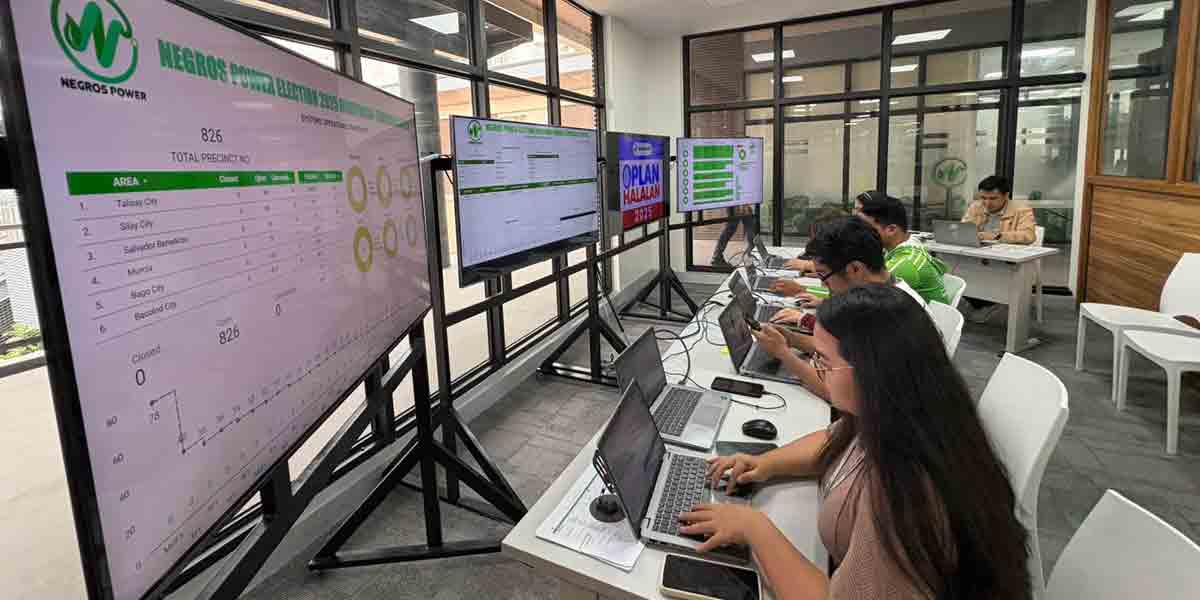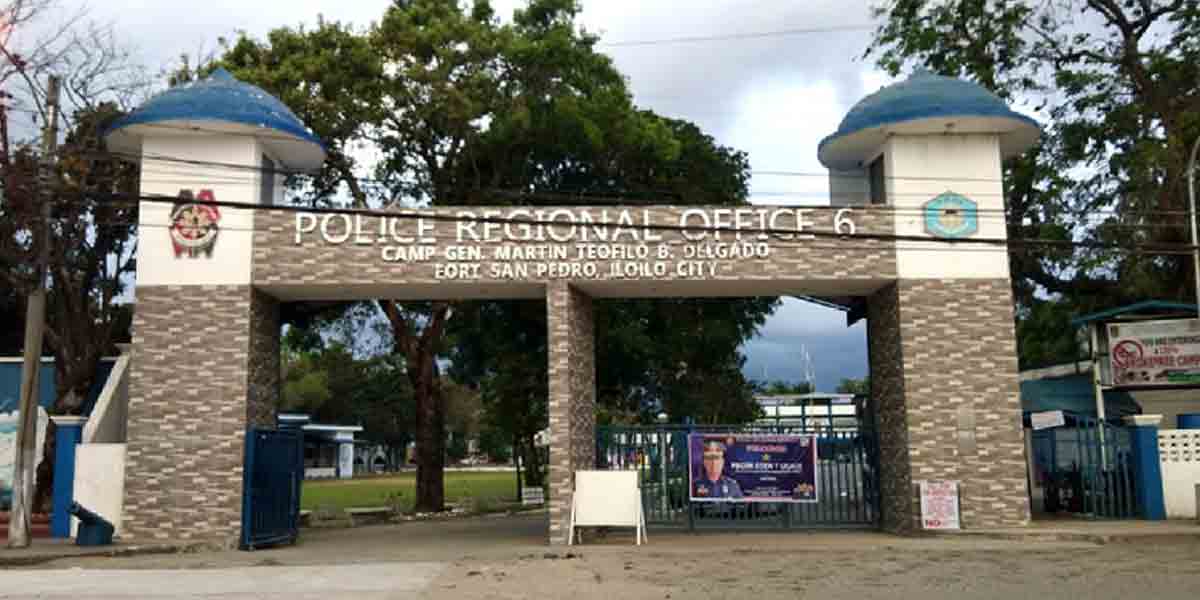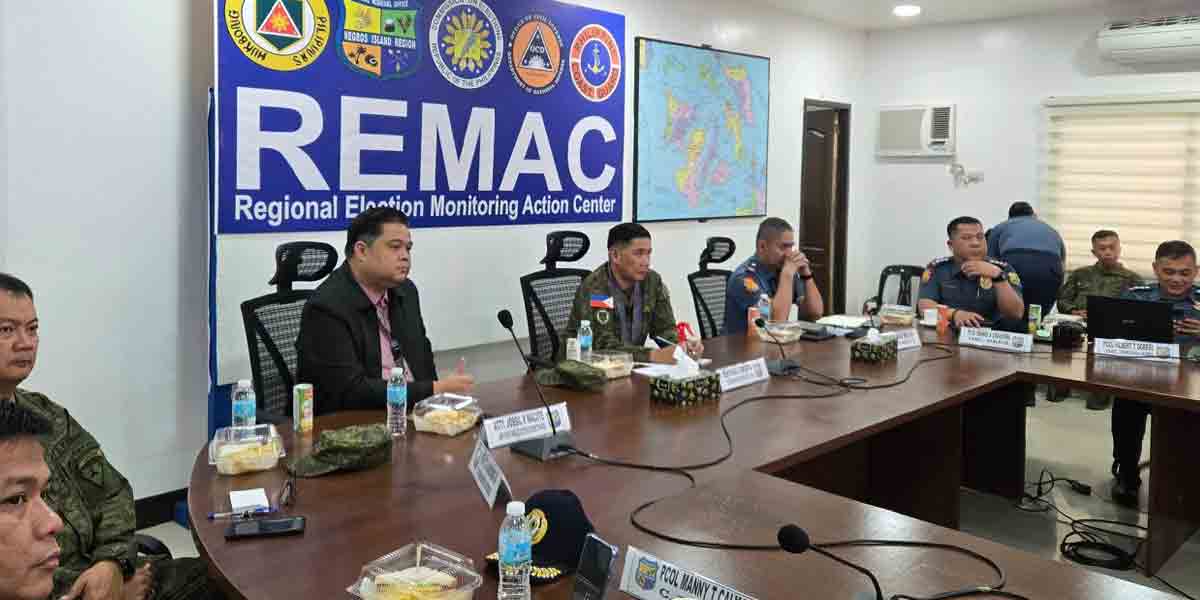As Western Visayas grapples with a significant surge in dengue cases, resulting in a hospital care utilization rate of 72.04%, it becomes imperative to discuss strategies that can prevent our health facilities from being overwhelmed. While the current situation remains manageable, with bed utilization at 73.31% and mechanical ventilator use at 44.56%, the upward trend in cases and the potential for further increases warrant proactive measures.
One of the critical strategies is the establishment of rapid response systems, such as the dengue fast lanes reactivated by the Department of Health (DOH-6) in Western Visayas. These lanes are vital for triaging and quickly attending to patients, ensuring that severe cases receive immediate care while preventing non-critical cases from overwhelming emergency rooms. The implementation of similar fast lanes for other communicable diseases, particularly during outbreaks, can help manage patient flow more effectively.
Hospitals must ensure they have sufficient resources, including beds, ventilators, and blood products, as shown by the current stock in Western Visayas. Regular inventory checks and forecasts based on infection trends are crucial. Additionally, partnerships with local and national agencies for resource-sharing can be established to prevent shortages.
Empowering local communities to participate in disease prevention can significantly reduce the burden on hospitals. Public health campaigns aimed at reducing the mosquito population, educating citizens on preventive measures, and early symptom recognition can lessen the number of severe cases requiring hospitalization. Local government units (LGUs) play a critical role in these efforts through ongoing vector control activities.
Adopting technology for real-time monitoring and data sharing can enhance preparedness. Surveillance systems that provide up-to-date information on case clustering and hotspot areas allow health facilities to anticipate surges in cases and prepare accordingly. DOH-6’s ongoing case and serotype surveillance are good examples, but the integration of more advanced predictive analytics could further improve readiness.
While declaring a state of calamity is a necessary step during severe outbreaks, it must be coupled with actionable and well-funded plans. This includes establishing disaster response teams, continuous training for health workers, and ensuring that hospitals are equipped not just for current needs but for potential future surges. Preparedness should also involve regular drills and updates to emergency protocols, reflecting lessons learned from past crises.
Finally, collaboration across sectors—public health, education, infrastructure, and the private sector—is vital. Hospitals cannot operate in isolation during crises. A coordinated approach ensures that resources are utilized efficiently, public awareness is raised, and that there is a unified response to health threats.
Preventing hospitals from being overwhelmed requires a multi-faceted approach that combines early detection, efficient resource allocation, community engagement, technological integration, and a commitment to genuine disaster preparedness. By implementing these strategies, regions like Western Visayas can better navigate health crises and ensure that their healthcare systems remain resilient.





















